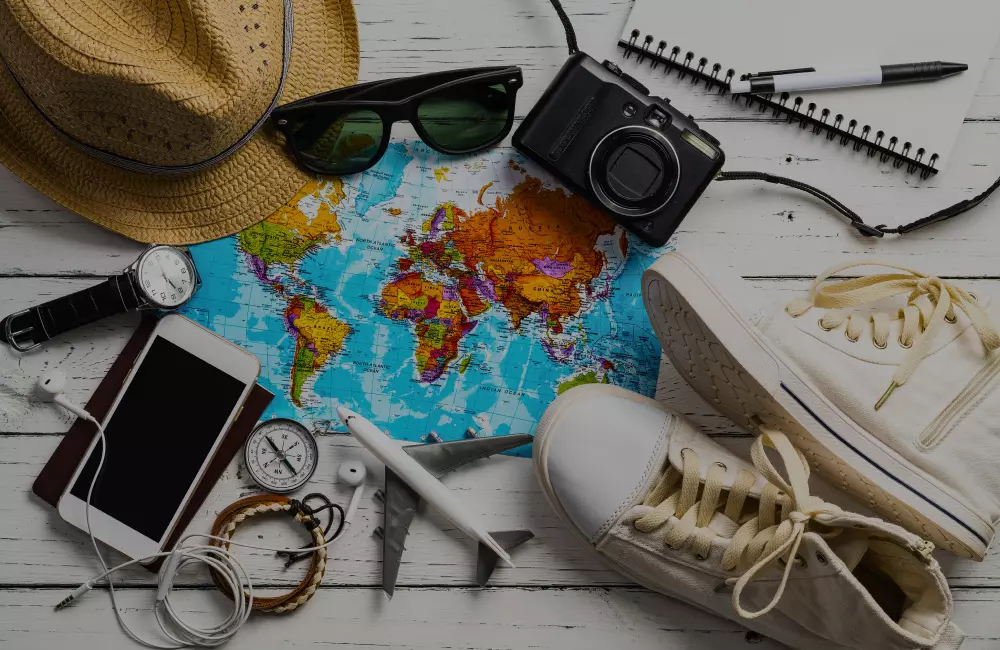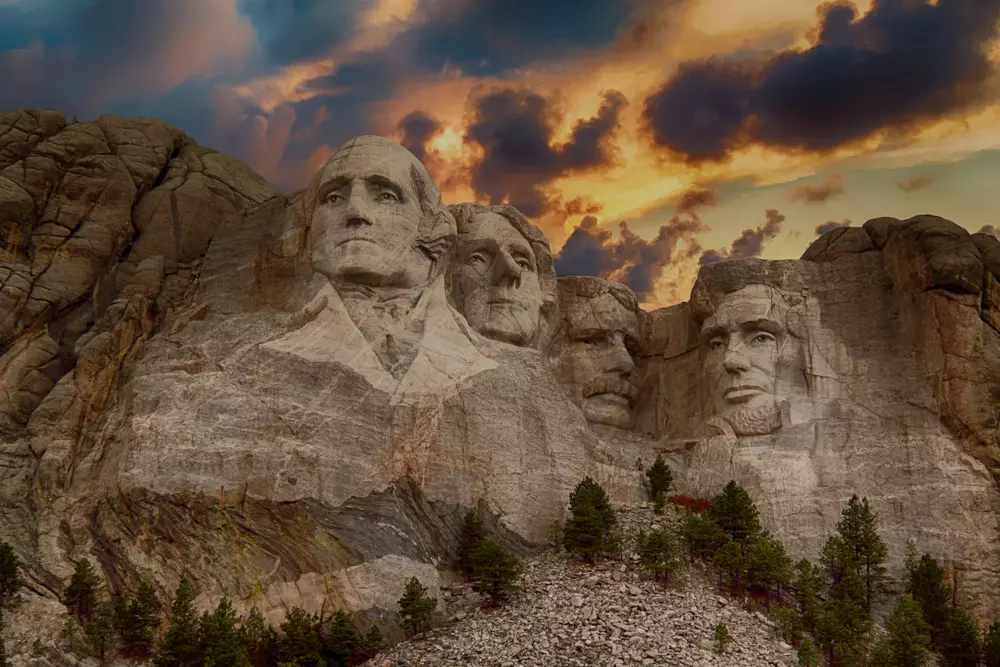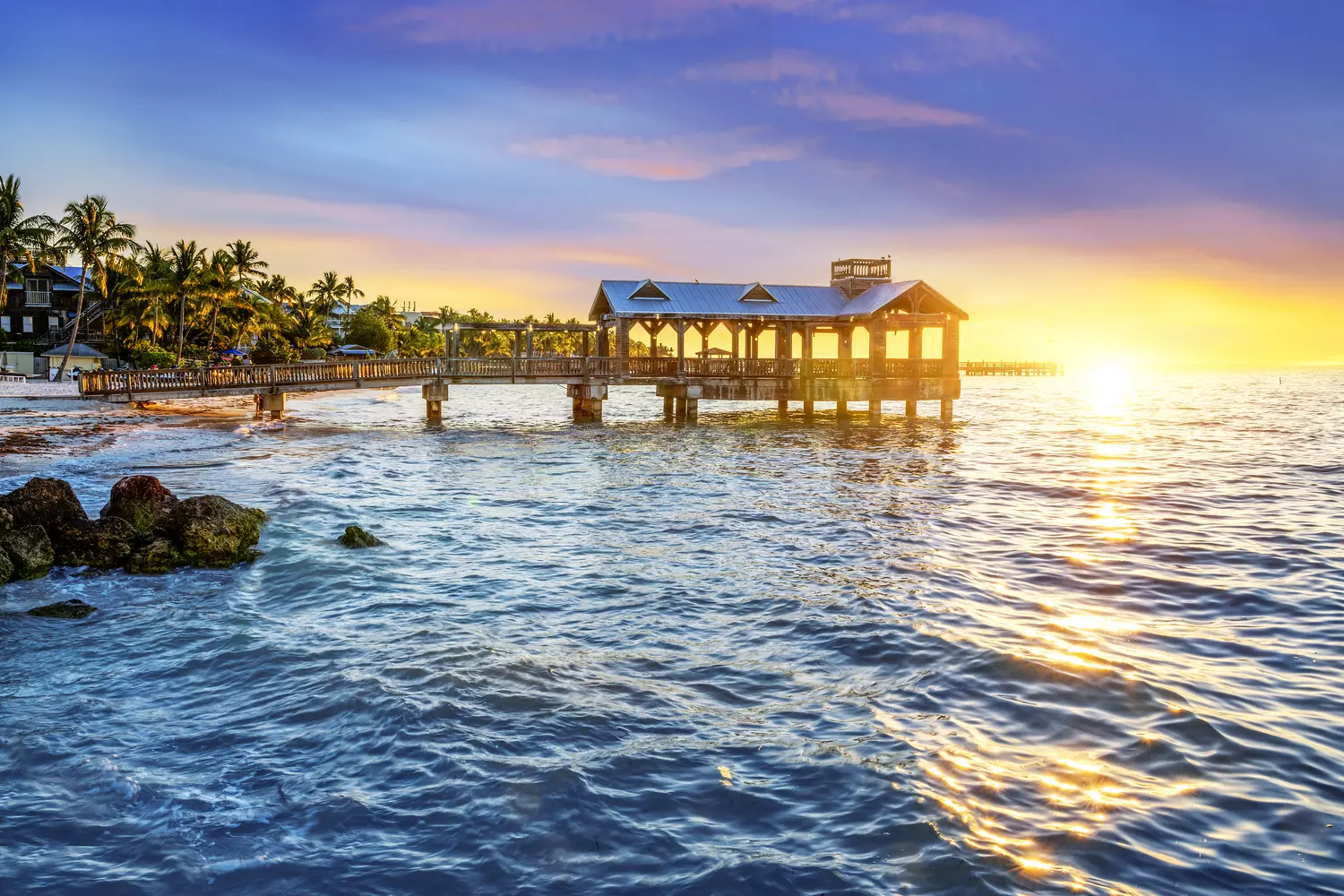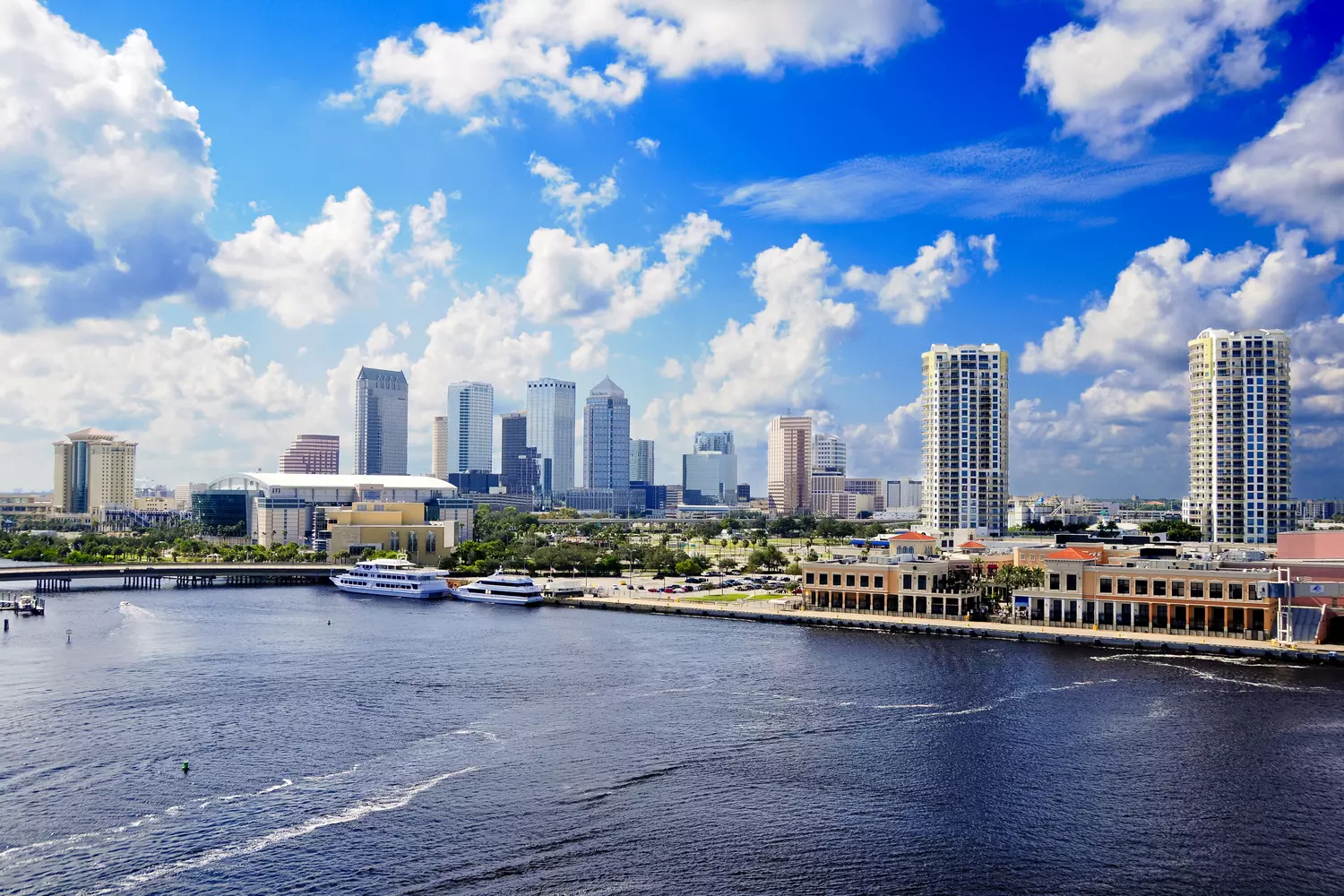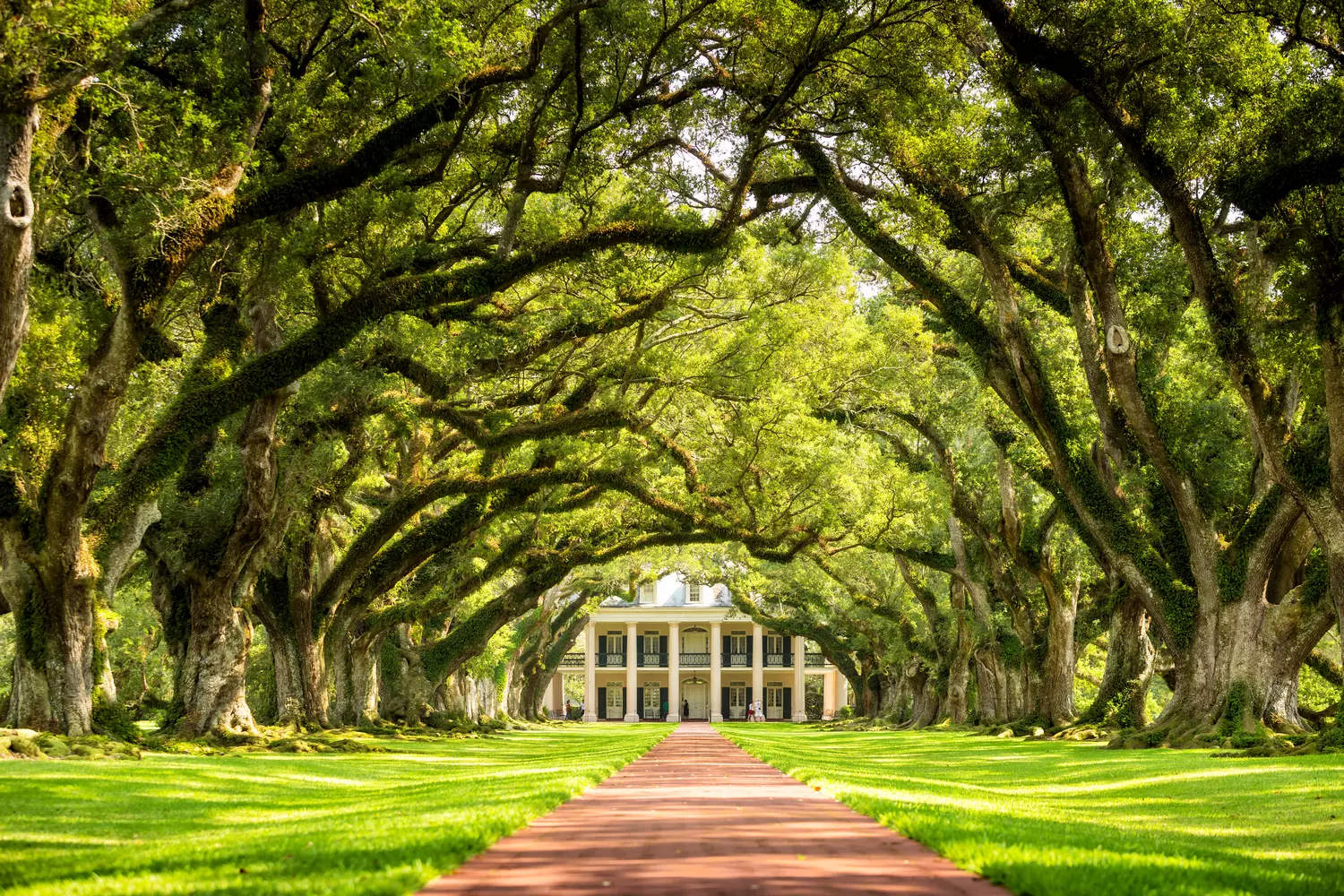Every year, millions of tourists head to the national parks of the United States in search of beauty, peace, and a sense of true freedom. And although most return home with thousands of photos and memories, for some, the journey takes an unexpected turn. They face nature not as a backdrop for Instagram but as a powerful, unforgiving force capable of challenging their survival.
This article is not for the faint of heart. Here are real stories of people who got lost, fell, suffered frostbite, almost died from thirst, or encountered a bear, but... survived (almost all of them). And also—tips on what to do to avoid becoming the hero of the next story like this one.
![Majestic Snowy Peak in [Park Name], USA — Wilderness Beauty Snow-covered mountain peak in a US national park during winter, with clear blue skies and rugged alpine terrain](https://americanbutler.ru/storage/app/media/useful/lifestyle/survivors-in-the-wild/AnyConv.com__survivors-in-the-wild-03.webp)
Each year, over 1,000 people get lost in U.S. forests and national parks — about 30% for several days. Yosemite leads in rescue operations.
Into the Wild: Welcome to Untamed America
The United States is home to 63 official national parks. From the tropical jungles of the Everglades to the glaciers of Denali in Alaska. Each of these is not only a natural wonder but also potentially dangerous territory for an unprepared tourist.
Where do incidents most often occur?
- Yellowstone
Geothermal springs, wild fauna, and vast distances. There have been cases where tourists fell into boiling springs, got burned, or underestimated the distances between attractions and got lost for several days. - The Grand Canyon
Heat, cliffs, water shortages. One of the most dangerous parks in the U.S. in terms of fatalities. People fall off the edge, overheat, or become dehydrated. - Zion
Canyoning and avalanches. Beautiful yet treacherous canyons with sudden floods and hard-to-reach trails. - Yosemite
Rock climbing, bears, and snow avalanches. Incidents frequently occur with tourists attempting to conquer peaks without proper preparation. There are also regular encounters with wildlife. - Death Valley
Temperatures up to +56°C, dehydration, and mirages. The name speaks for itself. Even a short walk can end in a heat stroke.
"Nature is neither good nor evil. It simply is. And we are guests, not always welcome." — Jack Hanna, naturalist.
Below are real stories of people who found themselves on the edge between life and death in some of the most famous national parks in the U.S. These cases were documented by rescue services, the media, and witnesses. They are not fictional — and thus are chilling.
Each of these stories is not just a drama, but a lesson. These people are not action heroes or professional climbers. They are just tourists, like you or your friends. They went out for an adventure — and found themselves face to face with nature, where TikTok life hacks don’t apply. Read carefully. Perhaps one of these stories will help you one day — or prevent you from making a fatal mistake.
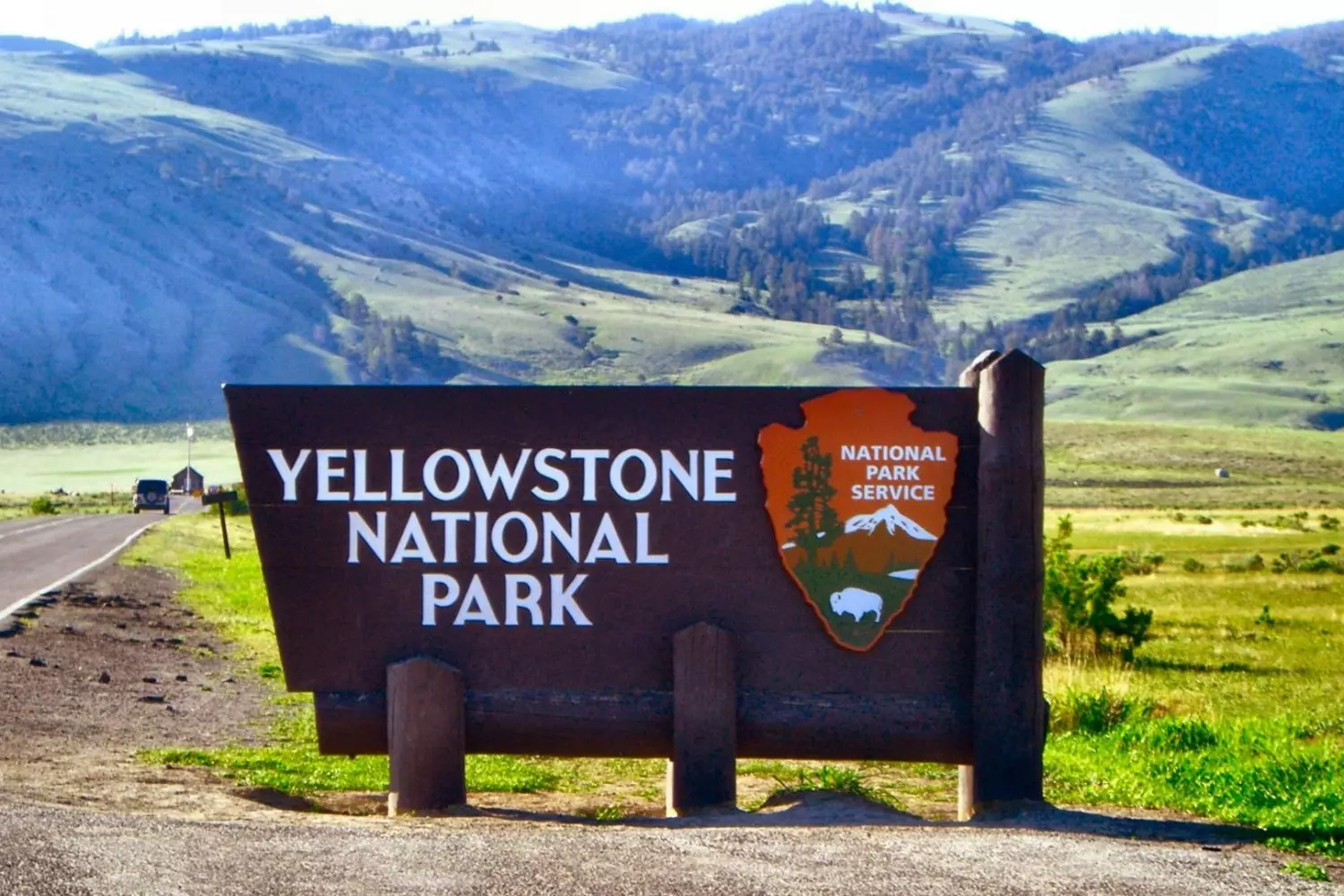
Trapped and Unbroken: Aron’s Battle for Life
The story of Aron Ralston is not just a tale of survival, but a true legend of the strength of the human spirit, determination, and courage. It begins in the heart of the American desert, where a series of circumstances and one fatal mistake nearly cost him his life.
Aron Ralston was a young, energetic mountaineer, deeply in love with nature and the mountains. In April 2003, he set out on a hike to one of the most picturesque yet dangerous places on the planet—the canyons of the southwestern state of Utah. All he had with him was a minimal set of equipment: water, a snack, a camera to record his impressions—and his solitude.
Ralston was an experienced mountaineer, but his carelessness and confidence in his own abilities played a cruel trick on him.
While descending through Blue John Canyon, which is isolated and not far from major settlements, the unexpected happened. At one moment, while he was squeezing through a narrow crevice, a huge rock suddenly fell from the ceiling. Aron found himself trapped in the canyon. His right forearm was pinned by a heavy rock weighing over 350 kg. He tried to pull his arm out, tried to move the rock with tools, but to no avail—neither strength nor cunning helped. Ralston was trapped, and his only companion became himself—he who had to find a solution.
Face to face with fate
And here, in the most difficult conditions, the most dramatic part of his story begins.
- Aron was trapped, and the hours that turned into days passed mercilessly. He had no communication and could not tell anyone about his plight. Each day, he filmed his situation, burning through his last resources. His food and water were running out, and the pain was becoming unbearable. Yet, even in these terrifying conditions, Ralston did not lose hope.
- He began recording video messages in case he didn’t survive this encounter with nature. He talked about what he loved, about his family, and even joked, despite his terrifying situation. At that moment, he realized that his struggle with the rock had become not only a physical challenge but also a psychological one. In such moments, a person understands how important not only physical strength is but also inner reserves. Moral strength and belief in oneself became what kept him alive.
- After five days, when he had almost no strength left, Ralston made a fateful decision that would change his life forever. He realized that if he did nothing, he would die here, in this canyon, completely alone. At that moment, Aron understood: the only way out was to do the unimaginable. He decided to amputate his own arm.
- With the knife he had in his gear, Aron performed the horrifying procedure—cutting through tendons, bones, and tissues. It was painful and excruciating, but he continued. And despite the unbearable pain, he knew there was no other choice.
- After freeing himself, Aron struggled to climb out of the canyon and, despite the blood loss and weakness, managed to find his way out. And although he had lost his limb, he survived and went on to live.
After the tragedy: a new beginning
The story of Aron Ralston became a symbol of survival and incredible resilience. He became a hero not only for his country but for people around the world. Not only did he return to life, but he also became an example of how important determination and the ability to make the hardest decisions are—even when they seem impossible.
After the tragedy, Aron continued to climb, becoming an inspiration to thousands of people. He wrote the book "Between a Rock and a Hard Place", where he shared his experience and how to survive trials that could seem impossible to overcome. The book became a bestseller, and later, a film called "127 Hours" was made based on it, starring James Franco.
Aron Ralston is not just a person who survived. He is a symbol of human strength, endurance, and determination. His story teaches that even in the darkest moments, when it seems there is no way out, you can still find light and a chance at life. Today, Ralston lives a full life, gives motivational speeches, and continues mountaineering—with a prosthetic limb.
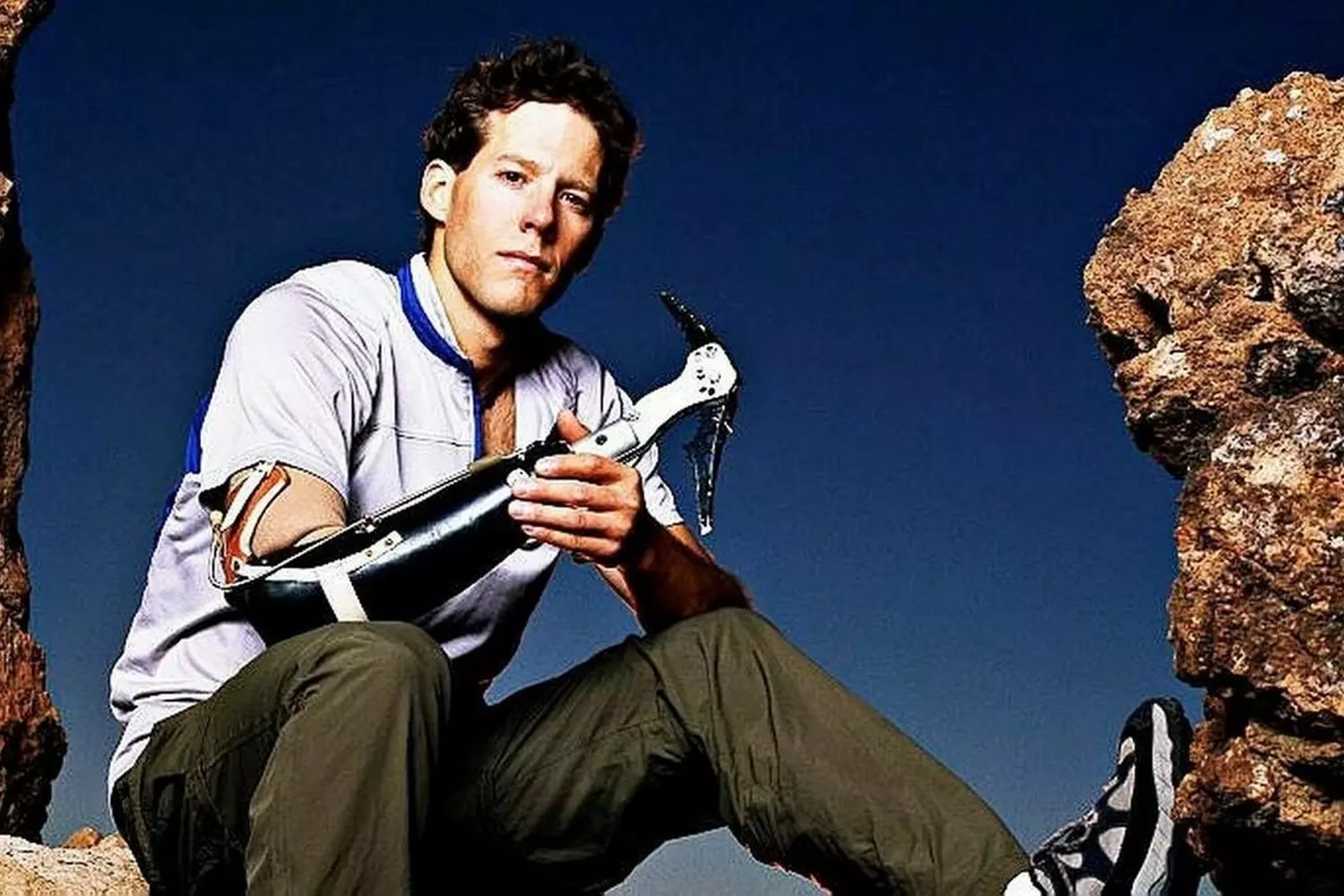
Six Days in the Cliffs: Danielle Ballengee and Her Loyal Dog
This incredible story took place in December 2006 in the picturesque but dangerous canyons of Colorado. Athlete Danelle Ballengee and her dog, Teas, set out for a routine training session that almost became their last.
Danelle Ballengee, born in 1972, dedicated her life to sports. By the age of 34, she had won two World Championships in extreme running and worked as a coach. She lived in the quiet town of Dillon (Colorado) and trained in the national parks of Utah, where rocky landscapes coexisted with hidden dangers.
Her only companion was Teas, a reddish mixed-breed dog she had adopted from a shelter in 2003. They were inseparable: running together on mountain trails, completing marathons, and even climbing peaks. Teas didn’t just accompany his owner—he ran alongside her as if he understood her sporting passion.
- On that December day, Danelle set out for a run along a familiar route—about 12 km along the canyon. She only brought a bottle of water and energy bars with her. As usual, Teas ran ahead, while Danelle enjoyed the fresh air and scenic views.
- But suddenly, disaster struck—Danelle's foot slipped, and she fell down, plunging over 20 meters. The impact with the rocks was so severe that she broke her pelvis and couldn’t move. When she regained consciousness, Danelle realized there was no help to be found.
- Teas immediately descended to his owner and started licking her face, trying to revive her. Danelle tried to get up, but her body wouldn’t obey. She then decided to crawl, enduring excruciating pain.
- Night fell quickly, and the temperature dropped below freezing. Danelle knew that if she fell asleep, she would die. She fought off the cold while Teas lay next to her, warming her. In the morning, the woman tried again to escape, but her strength was fading. Her water supply ran out, and she had to drink from a muddy puddle.
- On the third day, Danelle could no longer scream. Her last hope was Teas—she ordered him to run for help. The dog sprinted ahead, covering 24 km through difficult terrain.
Meanwhile, Danelle’s friends grew worried. The police found her car near the canyon and began the search. Suddenly, Teas ran up to the rescuers—he barked, circled around them, and then ran back. The rescuers followed him and found the injured Danelle. The woman was evacuated by helicopter. Doctors said that if a few more hours had passed, she wouldn’t have survived. In 2007, Teas received the award "Hero Dog".
Now, Danelle has fully recovered, married, and had two children. Together with her husband, they opened a café in Moab. Teas lived to the age of 16, forever remembered by the family as a true hero. This story is yet another proof that dogs are capable of real feats. They are not just pets—they are guardian angels, sent to us from above.
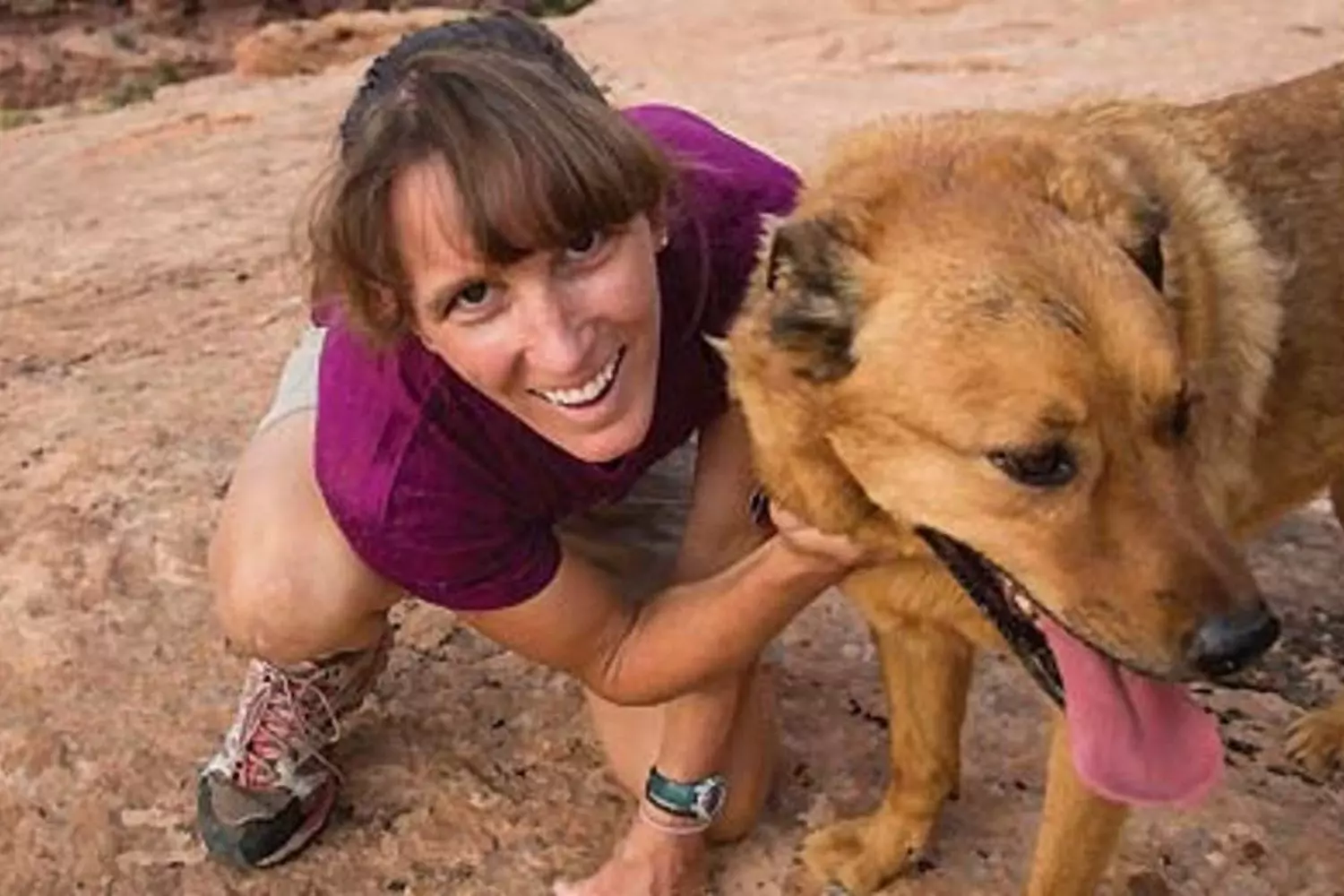
Alone in the Inferno: Truman Everts’ 37-Day Ordeal in Yellowstone
The story of Truman Everts is one of the most tragic yet inspiring episodes in the history of American exploration. He became a symbol of human resilience, proving that there are no barriers that the human spirit cannot overcome. His survival story in one of the harshest and wildest regions of America, the mountainous area of Wyoming, teaches us that even the most unimaginable trials can be endured.
Truman Everts was an experienced and determined traveler, explorer, and a member of an expedition that set out in 1870 to explore and map the Yellowstone National Park. The expedition was organized by scientist Ferdinand Vantine, and they embarked on the journey not only to study nature but also to open up new possibilities for settling in the region.
However, circumstances unfolded in such a way that this journey became not only a scientific venture but also a tragic one for Everts.
During the expedition, as the group navigated the difficult and inaccessible mountainous areas, Everts, as an experienced guide, was assigned to lead the group through the most dangerous sections. At one of these points, in the mountains, he found himself accidentally separated from the main camp when his horse, spooked by wild animals, ran away. This marked the beginning of his long survival journey.
Alone in the Wilderness
After becoming isolated, Truman Everts was left alone for several days to face the harsh conditions of the mountainous landscape. He was without a horse, without proper gear, and most importantly, without hope of rescue. His attempts to find his way back to camp failed, and after a few days, he found himself completely alone in a world where the wilderness was his only companion.
- The first few days were relatively calm, but each day, the situation worsened. Everts had to rely on his survival skills—he searched for water in mountain streams and fed on wild berries and leaves. As the days passed, his condition deteriorated: hunger, thirst, physical weakness, and the realization that there might be no way out.
- The situation became especially dire when his resources began to run out. Everts knew that to survive, he had to keep moving, despite the harsh conditions. However, his body could no longer keep up. He lost the ability to travel long distances, his strength was depleted, and he decided to seek shelter for a while to regain his strength. Truman Everts was alone in a world that showed no mercy for weakness. He tried multiple times to find a way out, but each time, he ended up back in the same desolate, terrifying, and barren places. Little by little, he lost hope, but this was not the end.
- Five months later, exhausted and emaciated, Everts accidentally encountered a few local hunters. Despite his weakness and exhaustion, he was found alive, though barely able to stand. The locals could hardly believe their eyes—a man who had spent so long in these wild areas managed to survive.
Truman Everts was rescued, but his story became surrounded by numerous rumors and myths. It was said that he lived on wild berries and roots, that he communicated with animals, and perhaps even that he entered a state where time seemed to stretch and lose its meaning.
When Everts returned home, his story became a sensation. He had endured one of the longest and most harrowing periods of isolation in American history. Despite his severe physical and mental toll—he lost much of his strength and health—Truman Everts became a symbol of unbroken spirit and willpower. His experiences inspired many and served as a reminder of the importance of fighting through difficulties, even when everything around seems hopeless.
Interestingly, after returning home, Truman Everts never again undertook such lengthy and extreme expeditions. However, what he endured became a personal lesson and a reminder to all those standing on the brink of discovery. Soon, he devoted his life to studying what he had experienced, sharing his trials, and becoming, in a way, a teacher for future generations of explorers.
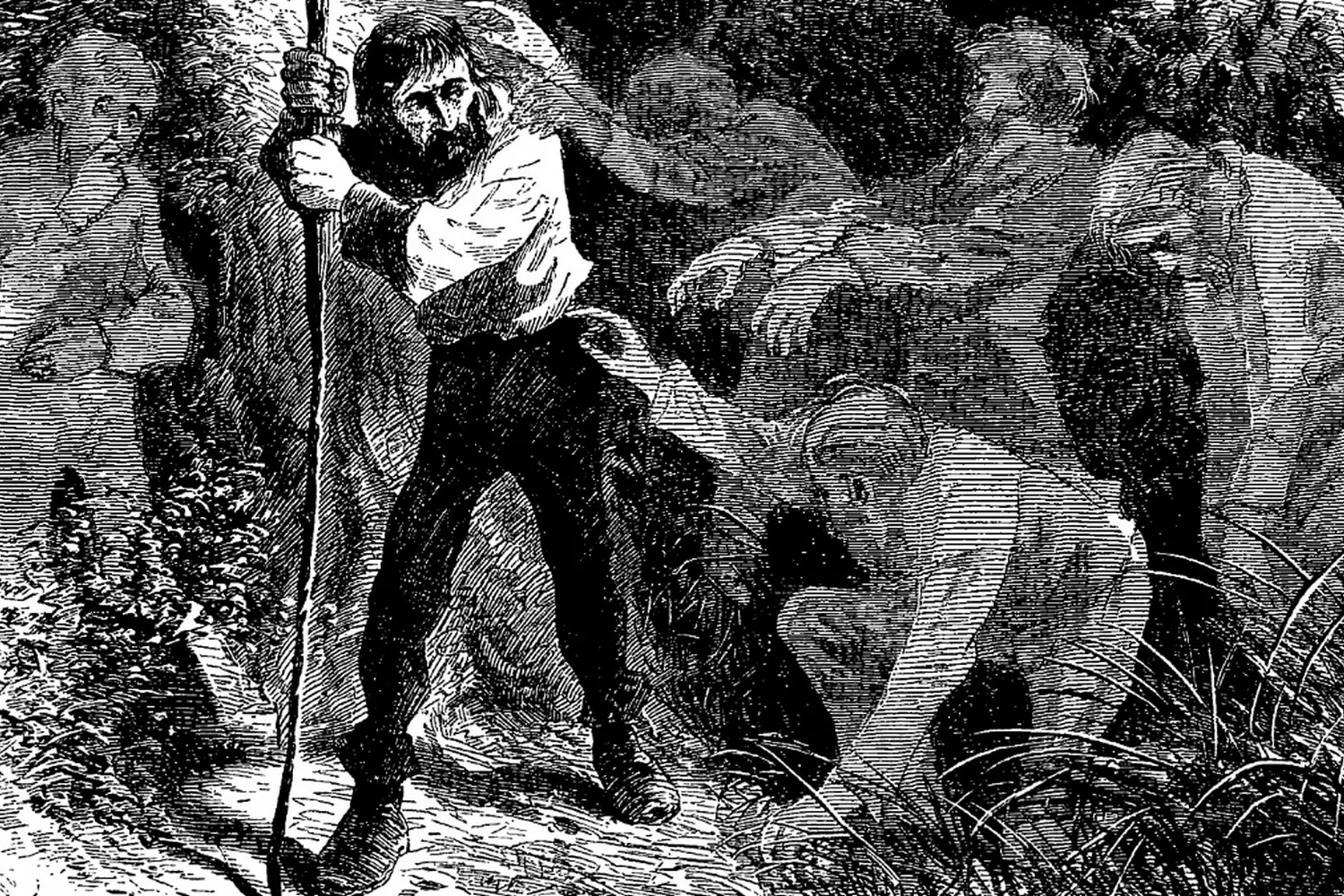
Christopher McCandless: The Journey That Ended in Tragedy
Christopher McCandless was not a runaway, but a seeker. He wasn’t fleeing from the world; he was yearning for its true, untouched heart. Born into a wealthy family, with a stellar education from Emory University, he could have easily built a career, settled down, driven a car, and discussed mortgages and bonuses. But inside him lived a thirst for something more — not material, but real.
In 1990, right after graduation, he rejected money, donating his savings to charity, burning his documents, and adopting a new name — Alexander Supertramp. From that moment on, his odyssey across the American West began: on foot, hitchhiking, in a canoe, with a backpack on his shoulders and the books of Tolstoy and Thoreau in his pockets.
He worked on farms, slept under the open sky, befriended strangers, and left behind an aura of a dream. The people he met — farmers, travelers, elderly hippies — remembered him as profound, light-hearted, and somewhat mysterious. He was polite but unattached. Wise, yet uncompromising in the face of lies — especially those from within.
But his ultimate goal became Alaska — a place he envisioned as the last bastion of freedom. In 1992, he reached the wild terrain near Denali and settled in an abandoned bus, which became his temporary home. There, he kept a journal, hunted, and reflected. The nature was harsh, but he accepted it without complaints, seeing it as a teacher.
However, the wild beauty also hid its cruelty. Lacking reliable food supplies and with limited knowledge of the local flora, McCandless weakened. One version suggests that he ate a poisonous plant, mistaking it for something edible. Others believe he simply couldn’t cope with the isolation and exhaustion.
He died in that very bus in August 1992. He was only 24 years old.
As a farewell, he wrote on a piece of paper:
"I have had a happy life and thank the Lord. Goodbye and God bless everyone!"
His story has become a symbol of freedom, the search for truth, and the limits of human belief. Some see him as a naive idealist. Others as a martyr for truth. And some simply as a person who dared to live authentically.
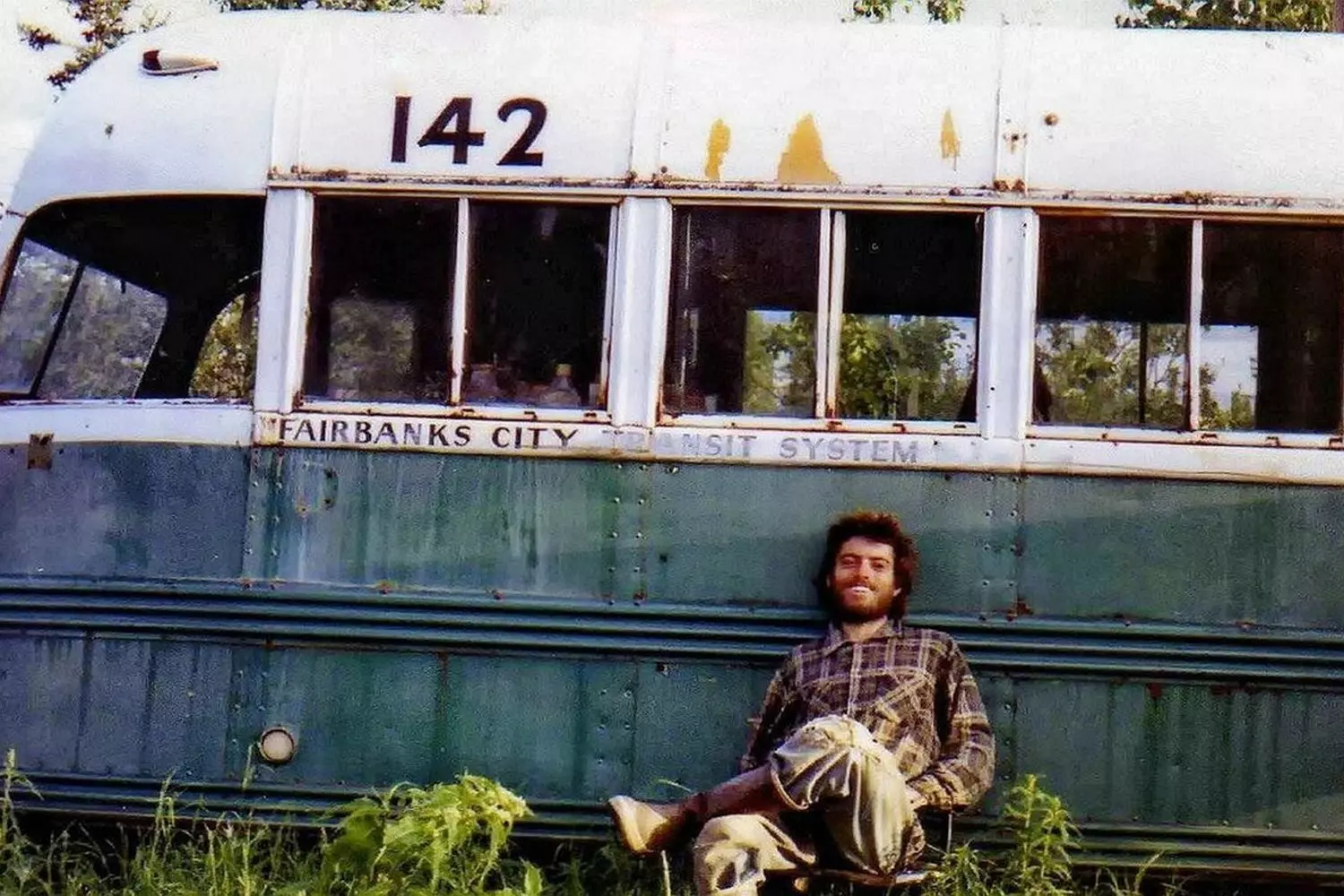
Life in the USA: Expectations vs. Reality
The survival story of Lucas MacLeish
Lukas McLeish never sought to be a hero. He didn’t crave attention, didn’t keep blogs, and didn’t film himself with an action camera. He simply loved the forest. He loved it for its silence, the scent of pine trees after rain, and how sunlight breaks through the dense foliage, scattering into golden shards.
In June 2024, he set off on a hiking trip through the Santa Cruz Mountains in California, as he had done dozens of times before. He knew these trails from childhood. Initially, he planned to stay for just one night, but as he later explained, "something made me stay longer." Without a phone, GPS, or any unnecessary noise.
But the forest is a capricious creature. A sudden landslide blocked his way back, and then several days of thick fog completely threw Lukas off track. He found himself trapped: without a map, with minimal supplies, surrounded by sheer slopes and dried-up riverbeds.
- For five days, he drank water from streams, ate leaves from wild plants, and slept on rocks, wrapped in his shirt. He talked to himself to avoid losing his mind from the loneliness. Sometimes he shouted, hoping someone would hear him.
- On the sixth day, weak but unbroken, he began drumming on trees, as though the forest was alive and he was trying to make a deal with it. And on the seventh day, when his strength was nearly gone, he heard the sound of a helicopter. The rescuers noticed a faint movement at the foot of a cliff—it was Lukas, waving with his last strength.
He survived. Without technology, without a compass, with nothing but his will to live. Later, he told reporters:
"This was not just a hike. It was a weighing. The forest weighed me, tested me, and, apparently, decided I was worthy of coming back."
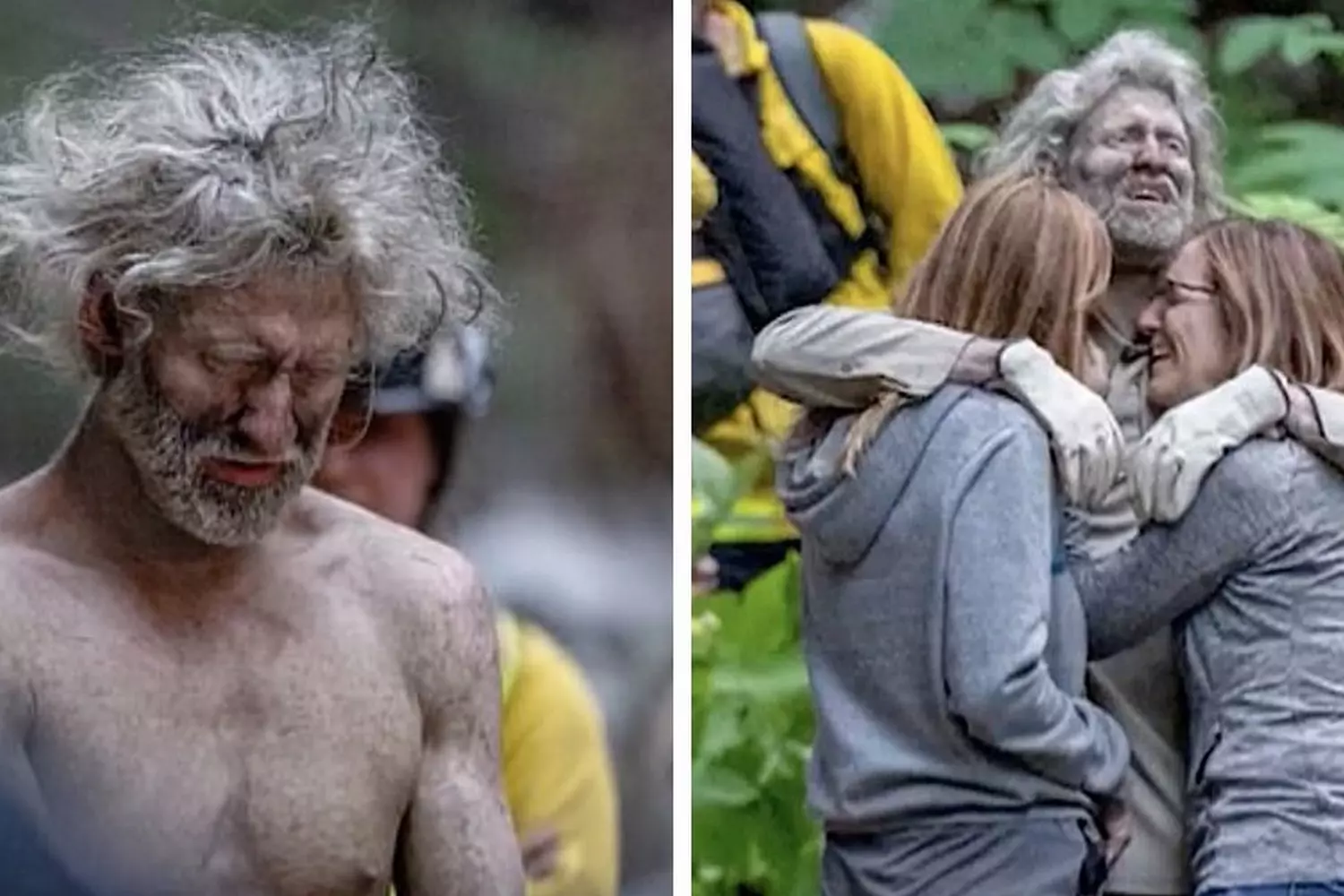
A few more interesting stories from the forest
When heading to a national park, people seek beauty, freedom, and inspiration. But the reality of nature is not a postcard. It can be unforgiving. An inexperienced tourist is an easy target for the climate, terrain, animals, and their own ego.
Nevertheless, none of this is a reason to give up on traveling. It's a reason to prepare. Smartly, with respect, and — if possible — with an experienced guide.
- 01. The Randy Morgan Group: 10 Days in a Snowy Prison (Sierra Nevada, 1996)
In February 1996, four friends went on a hike in the Sierra Nevada (California). They were caught in a snowstorm and became trapped. They dug a snow cave and rationed their meager food supplies. When hope was nearly gone, one of them, Randy Morgan, decided to go for help. He made it to the road and stopped a car, but rescuers were only able to reach the others after 10 days. Two survived, but two died of hypothermia. - 02. Michael Fiel: 4 Days Without Water in Death Valley (2016)
Death Valley is one of the hottest places on Earth. In 2016, tourist Michael Fiel set out on a hike without enough water and got lost. Temperatures reached 50°C, and after a day, he ran out of water. He drank his own urine, ate cacti, and crawled through the sand until rescuers found him. Doctors diagnosed him with kidney failure and heatstroke, but he survived. - 03. Jennifer Farrell: 5 Days in Bear Country (Alaska, 2005)
Jennifer went on a hike through Katmai National Park (Alaska), known for its grizzly bears. On the third day, she strayed from the group and got lost. For five days, she hid from bears, eating berries and mushrooms. One night, a grizzly approached her tent, but she remained still, and the bear left. She was later found by rescuers via helicopter. - 04. Robert Shock — 30 Days of Survival in the Forest
A 39-year-old resident of Blaine, Washington, Robert Shock, found himself in the midst of a real drama when a normal jog on a mountain trail turned into a prolonged fight for his life. He set out on a route along the Chilliwack River, intending to cover 32 kilometers easily — just in shorts, with a bottle of water, and his faithful dog, Freddy. But due to an inaccurate and outdated map that did not reflect the damage from forest fires, Shock got lost.
- On the second day, his phone died.
- On the third, he let Freddy go, hoping the dog would reach people and signal for help. Robert tried to survive in the forest by eating wild berries and mushrooms. He lost track of the days and admitted that he almost lost hope of being saved. His disappearance was only reported after the dog was found near the town. Robert's mother, Jen Thompson, immediately contacted the police. This marked the beginning of the search operation.
- After 30 days, severely weakened and suffering from dehydration and dysentery, Shock lay by the riverbank, certain that he would not survive until morning. In a last desperate moment, he shouted — and fortunately, volunteers restoring the trail heard him.
- The man was evacuated by helicopter and taken to the hospital, where he spent another month recovering.
He now lives in Ohio with his father, gradually returning to his normal life. Robert says he wants to run and pursue music again, but will never take such risks again.
- 05. The Girl Who Fell Off a Cliff — And Got Back Up
In the summer of 2018, 23-year-old Angela Hernandez was driving along the scenic coast of California. She was heading to her sister's place, on a routine trip, unaware that just a few hours later, she would find herself trapped between life and death. Somewhere near Big Sur, her car suddenly swerved off the road, crashed through the guardrail, and fell from a 60-meter cliff, smashing against the coastal rocks.
- Angela awoke amidst twisted metal, glass, and the sound of the surf. Her body was broken — brain injury, fractured collarbone, bruises, and deep cuts. She had no idea where she was, and the scariest thing was that no one knew she was there. The phone was broken, there was no help, and each day began with one question: how to survive?
- Angela drank water from the radiator, ate berries, and slept under a piece of plastic she found in the wreckage of her car. Her only companions were seagulls and the cold wind.
- Despite the pain and fear, she tried daily to crawl to the road above, but each time she ended up back on the beach — her body wouldn’t cooperate, the world spun from the concussion, but something inside her wouldn’t let her give up.
- On the seventh day, when her strength was almost gone, a couple of tourists noticed something unusual on the rocky shore. They went down, discovering the girl, thin, sunburned, but alive. Rescuers arrived shortly after.
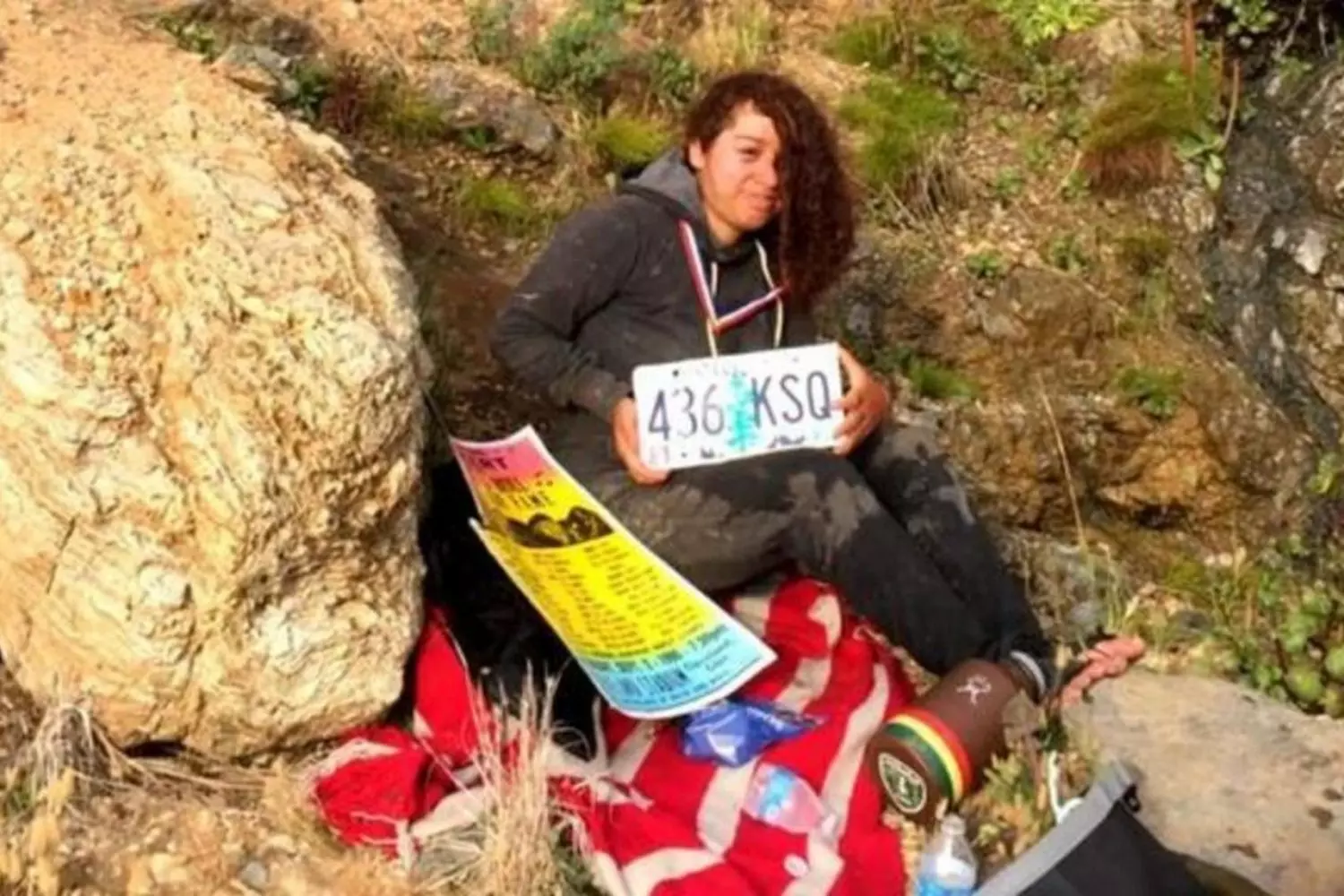
A Path to Nowhere: What Turns an Ordinary Hike into an Emergency
Every year, thousands of people venture into nature in search of inspiration, adventure, or simply peace and quiet. Mountains, forests, canyons, and deserts promise freedom, beauty, and a reset. But with all that, they also harbor dangers.
Tragedies often occur not because of natural disasters, but because of avoidable mistakes. People get lost, injured, or find themselves in trouble for very ordinary reasons — haste, overconfidence, or simple negligence.
Why does this happen? Let’s break down the typical — and most dangerous — mistakes even experienced travelers make.
- 01. Overestimating One’s Abilities
The inner hero in each of us sometimes whispers, “You can do it.” And so, inspired by a video blog or someone else’s success, a person sets off on a hike without proper preparation. They fail to account for the steepness of the slopes, weather conditions, the duration of the route, and their physical condition. As a result, fatigue hits sooner than expected, and even an easy route turns into a trap.
Sometimes overestimating one’s abilities isn’t just a mistake but the “everything will be fine” effect, when a person relies on luck rather than careful planning. - 02. Lack of Water
Water isn’t just about thirst. It’s about survival. Especially in hot climates or at high altitudes. People often underestimate how much liquid their body will need on a hike, especially if the load is unfamiliar.
One bottle of water per person might seem sufficient… until it’s too late. Dehydration creeps up stealthily: first, mild weakness, then dizziness, followed by the inability to move. And the nearest stream is miles away. - 03. Lack of Communication and GPS
Modern technology has made us accustomed to having a navigator at hand. But in the mountains or forests, the signal can disappear in an instant. Without offline maps, a compass, and a sense of where you are, even a familiar trail can turn into a labyrinth.
Moreover, when the signal is lost, a person is not only without a guide but also without a way to call for help. This makes any mistake doubly dangerous. - 04. Ignoring Park Warnings
Informational signs, ribbons, and barriers are not decorative elements. But for many, they seem like something “for others.” People step over barriers, enter restricted zones, or go hiking in bad weather, hoping for the best.
Sometimes, they think, “It’s just a formality…” — and then they face the unpredictable nature, wild animals, or sudden landslides. - 05. Desire to Take the “Perfect Photo”
Social media has created a new drive — to capture a breathtaking moment. But the pursuit of that perfect shot often leads to safety violations: a person stands on the edge of a cliff, climbs unstable rocks, or gets distracted by the screen.
A moment that started it all can quickly turn into a disaster. A beautiful shot is not always worth the risk, especially if the cost is health or life.
"90% of rescue operations in U.S. parks are the result of carelessness and overconfidence. People go into the mountains in sandals, without water, thinking they can 'quickly cover' a 20-mile route."
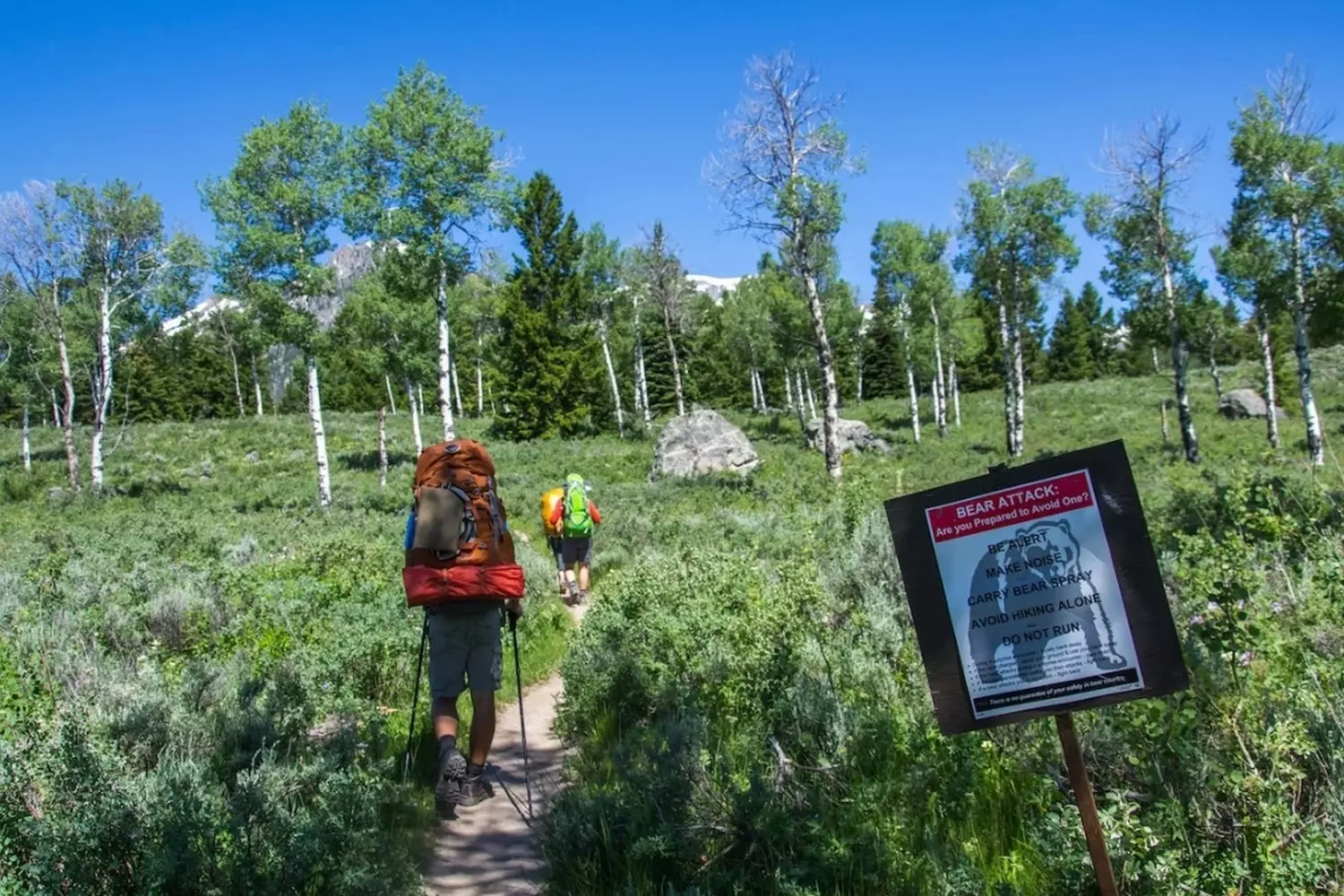
How to Survive in the Wild: Tips from Experienced Adventurers
Anyone who has ever been in the forest, mountains, or open wilderness knows how unforgiving and unpredictable nature can be. In our quest for adventure or solitude, we sometimes forget that the environment is not a resort, but a place with dangers that we must be prepared for. It is important not only to enjoy nature but also to understand how to survive in it should problems arise. Here are tips from seasoned travelers that will help you not only avoid disaster but also save your life.
- 01. Preparation is the Key to Safety
Before venturing into the wild, it's essential to know basic survival principles, your route, and potential hazards. Here’s what you need to do in advance:
- Study the area: Familiarize yourself with maps and the terrain. Use GPS, but don’t rely on it alone — there may be no signal in forests and mountains.
- Check the weather forecast: Always check the forecast to avoid heavy rain, storms, or sudden temperature changes.
- Pack essentials: It’s vital to bring a compass, matches, a first-aid kit, water filtration tools, a knife, some spare food, and, of course, a map.
- 02. Water — The Source of Life
Water is not just about quenching thirst; it’s the foundation of survival. Losing water in your body can lead to dehydration, and consequently, severe consequences.
- Look for water sources: In the wild, these could be rivers, lakes, or streams. It's better to look for flowing water than standing water, as the latter may be contaminated.
- Purify the water: Always filter or boil water before drinking to avoid infections.
- Drink regularly: Even if you don’t feel thirsty, take small sips consistently. Water loss may be unnoticed at first but will quickly lead to weakness.
- 03. Fire — Your Friend in the Desert and Forest
Fire not only saves you from the cold, but also serves for cooking food, purifying water, scaring off animals, and even signaling for help.
- How to start a fire: Even if you don’t have convenient lighters, always carry several fire-starting tools. It’s important to know how to make fire in any weather, using dry twigs, bark, or even trash.
- Fire safety: Keep an eye on the fire — it should not spread to avoid wildfires. After use, ensure the fire is fully extinguished, down to the last ember.
- 04. Shelter — Protection from Nature
Spending the night outdoors without shelter is not only uncomfortable but also dangerous. In the wilderness, it’s crucial to have a place that will protect you from the cold, rain, and potential wild animals.
- Tent or improvised shelter: Ideally, always carry a tent or at least a tarp. If not, use natural materials like branches, leaves, and grass to build a shelter.
- Choose the right spot for camping: Find a place away from hazardous areas: steep slopes, marshy sections, and places where wild animals might pass. It’s better to camp on an elevation to avoid moisture and cold.
- 05. Keep Moving — Stay Active
Movement is life, and in survival situations, physical activity is crucial for maintaining body temperature and improving circulation.
- Don’t panic: Stopping and waiting for someone to find you is not the best plan. Keep moving to stay in search of a way out or help. Remember, your energy and resources are limited.
- Pick a direction: Even if you’re lost, always move in one direction. This will help you avoid going in circles and save energy.
- 06. Food — What to Eat and How to Cook
There isn’t much food in the wild, but you can always find something edible.
- Study edible plants and berries: Before the hike, learn which plants are safe to eat. Many wild berries, nuts, and roots can be valuable sources of nutrition.
- Hunting and fishing: If you have the necessary tools, hunting and fishing can become crucial food sources. However, you need experience for this.
- Don’t eat unknown plants or mushrooms: Some of them can be poisonous, even if they look edible at first glance.
- 07. Call for Help — Signaling
If you get lost or find yourself in a serious situation, it’s important to remember the methods of signaling for help.
- Signal fires or smoke: If you have signaling devices (torches, fire), you can use them to attract attention.
- Sound signals: Shout, whistle, or use any available means to make noise and be heard.
- Wind direction: When sending signals, consider the wind direction so that the smoke or sound can reach potential rescuers.
- 08. Stay Calm and Rational
In the wilderness, your emotions can become your greatest enemy. Panic and fear can cloud your judgment and reduce your ability to make the right decisions.
- Stay calm: Panic takes away your energy and leads to mistakes. Focus on what you can do to improve your situation.
- Evaluate your resources: Distribute food, water, and energy so that they last for a longer period of time.
Surviving in the wild is not just about a set of skills but about the right attitude towards the environment. Nature doesn’t forgive mistakes, but if you are prepared, informed, and keep a cool head, the chance of survival increases dramatically.
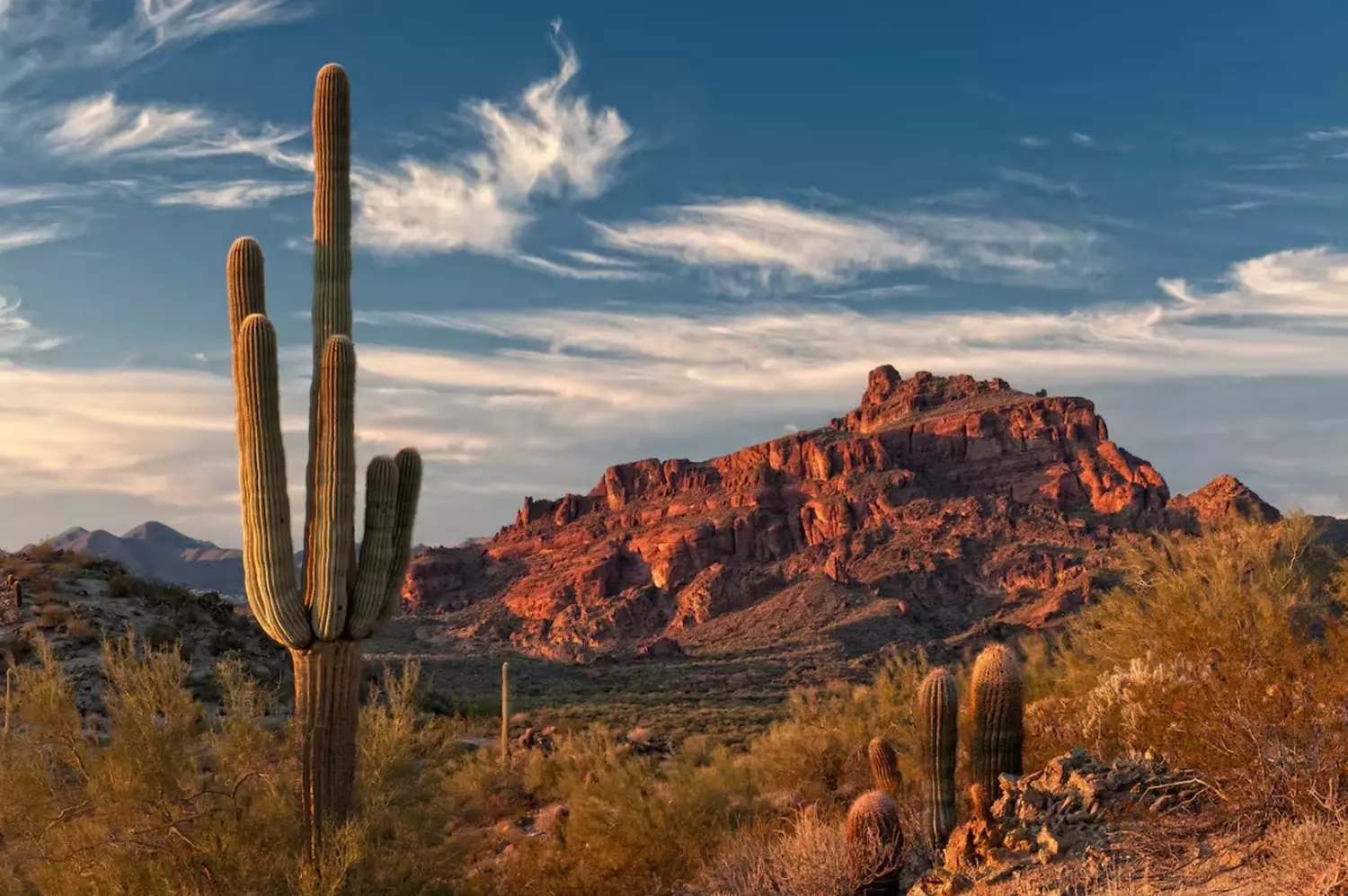
Choose adventure, not survival
The thirst for adventure is wonderful. But true freedom lies where safety exists. The national parks of the United States open up an incredible world to you: mountains, canyons, waterfalls, and deserts. The key is to go there not blindly.
American Butler helps organize trips to U.S. national parks without the risk. We know the routes, we know the nature, and we know how to make your adventure truly thrilling — but safe. Choose a journey worth telling about, not just surviving!























